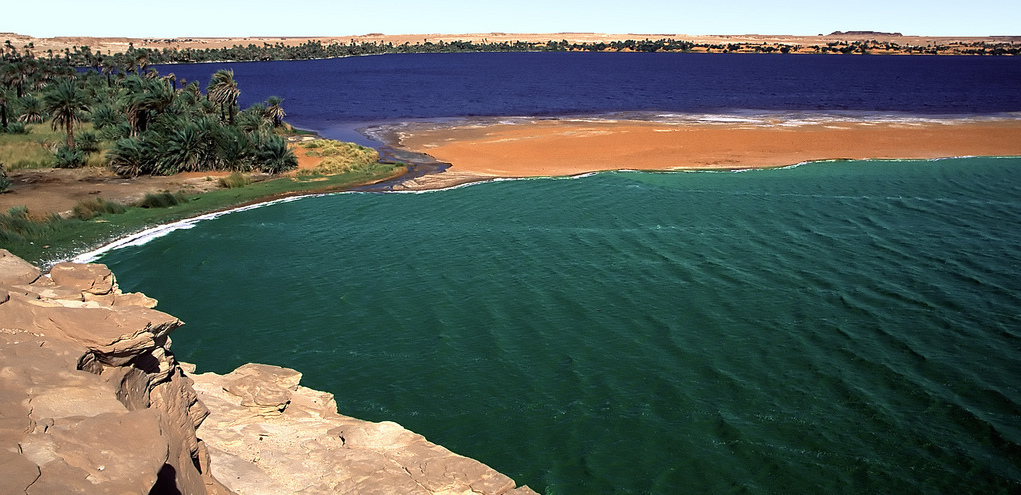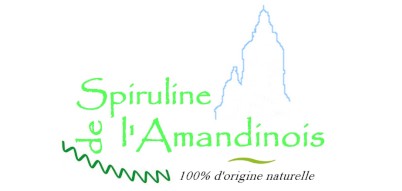No products

The origins of spirulina
Learn more about the origins of spirulina
Spirulina, from the Latin name: Arthrospira platensis. This microalgae belongs to the family of blue algae (Cyanophyceae). Thus, Spirulina is one of the first forms of life on planet earth, it appeared nearly 3.5 billion years ago, thanks to photosynthesis. Our micro algae thrive in warm, alkaline, nutrient-rich waters. It can be found in Africa, Asia, North America, South America, and of course Europe.
Its origins in France
It is in the Camargue, where a strain of Spirulina has been identified, transported by the beaks and legs of migrating flamingos. It was not until 1998 that the first spirulina farm was born in France. More precisely in Lodévois. Since then, it is mainly micro farms that produce this superfood. Previously, it grew naturally in alkaline lakes, rich in carbonates and trace elements.
The origin of life on earth
Most of the oxygen produced by these primitive cyanobacteria combined with ferrous ions (Fe++) dissolved in the waters to form a precipitate of ferric oxide (Fe3O4). It was only after the iron concentration in seawater had reduced to about one gram per 50 cubic meters of seawater that it was possible for a noticeable amount of oxygen to conquer and change the atmosphere. This oceanic cleaning of iron took several hundred million years.
Text taken from Ripley Fox's book : Spirulina Practical technique and promise
The production of blue algae in the North of France
More precisely in Bruille Saint-Amand where the natural production of spirulina begins in 2018. Under two aquaculture greenhouses our basins come out of the ground. Our peasant farm is autonomous. Thus, it draws its energy from the sun and from a nearby methanization station. The design of our culture basins allows the development of our algae in a healthy environment. We favor quality over quantity.

